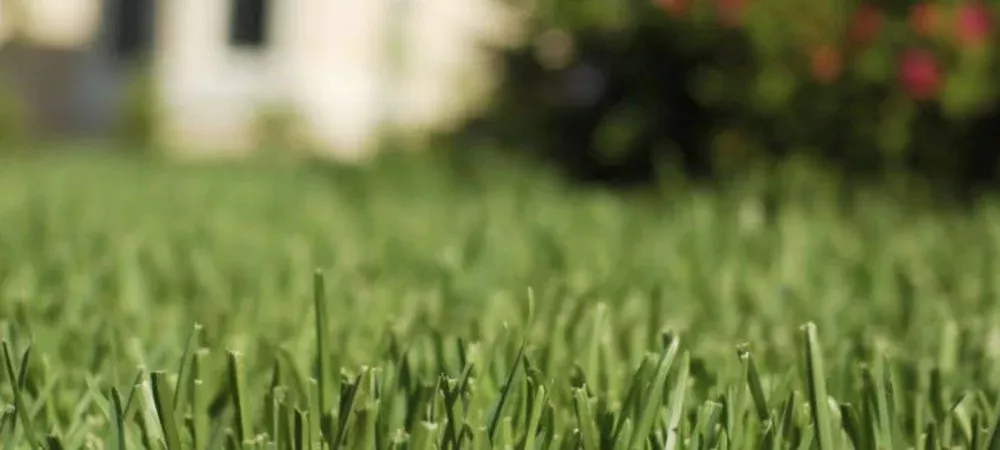How to Keep Your Grass Green All-Year-Long

With spring just around the corner, it’s a great time to prepare for warmer weather. For some, this means getting back to the gym or spring-cleaning the house, but here at Deans, it means making sure our lawns get back their rich, green color and preparing to battle the year’s first wave of pests. But with this preparation come a few seasonal adjustments to consider. So, even if you don’t have our Lawn & Shrub Care program, check out a few tips so your lawn will quickly return to a healthy summer green!
What Setting You Should Mow Your Lawn At?
The two most important factors associated with mowing are cutting height and cutting frequency, and these play a more critical part in turf health than most people realize. With each mowing, your grass experiences physiological stress—especially if too much of the plant leaf has been removed. Like shallow watering, excessive mowing causes weak, shallow root systems. The Florida Lawn Handbook, published by the University of Florida, offers the following recommendation:
- Mow often enough so that no more than 1/3 of the blade height is removed per mowing. For example, if your St.Augustine grass lawn is mowed at a height of 4 inches, it should be mowed when it grows to a height of 6 inches. Stress to the grass caused by mowing can be minimized by removing only 1/3 of the leaf blade at each mowing. It is important always to leave as much leaf surface as possible so that photosynthesis can occur.
Because the optimal height to which you should cut your lawn depends on the type of grass, refer to the list found below (the list indicates the ideal height immediately after mowing). Mow correctly this spring, and watch your lawn get green, and stay green.
Turfgrass Species and Mowing Height
- Bahia - cut height 3.0 - 4.0" every 7-17 days
- Bermuda - cut height 0.5 - 1.5" every 3-5 days
- Centipede - cut height 1.5 - 2.0" every 10-14 days
- St. Augustine - cut height 3.0 - 4.0" every 5-14 days
- St. Augustine (Dwarf Varieties) - cut height 2.5 - 4.0" every 5-14 days
- Zoysia - cut height 1.0 - 3.0" every 10-14 days
How to Fertilize Your Lawn
Like all living, breathing organisms, your turf depends on a steady, healthy diet. But while some lawns sit atop nutrient-rich soil, most Florida lawns require liquid fertilizer applications to achieve their full green potential. In fact, our preparation for spring begins each year at the beginning of winter with a cool-season blend of nutrients carefully formulated to promote deep-root growth and a pre-emergent application to help inhibit the germination of new weeds. In addition to improving lawn color, these applications also ensure that your turf is better able to defend itself from the attack of various springtime pests.
Always remember that even with these steps, it’s unrealistic to expect that no weed or insect will ever again find its way into your lawn. We wish this were possible, but Mother Nature is too persistent. That’s why we also begin our herbicide spot treatments and insecticide applications in response to any weed and insect activity. Here at Deans, we know that with the return of each singing songbird, there’s a mining mole cricket, and for every blooming bud, there’s a wiry weed. But don’t worry, because there's Deans Services for every pest on your property! Contact our local lawn care professionals today to see how we can keep your yard green all year.
